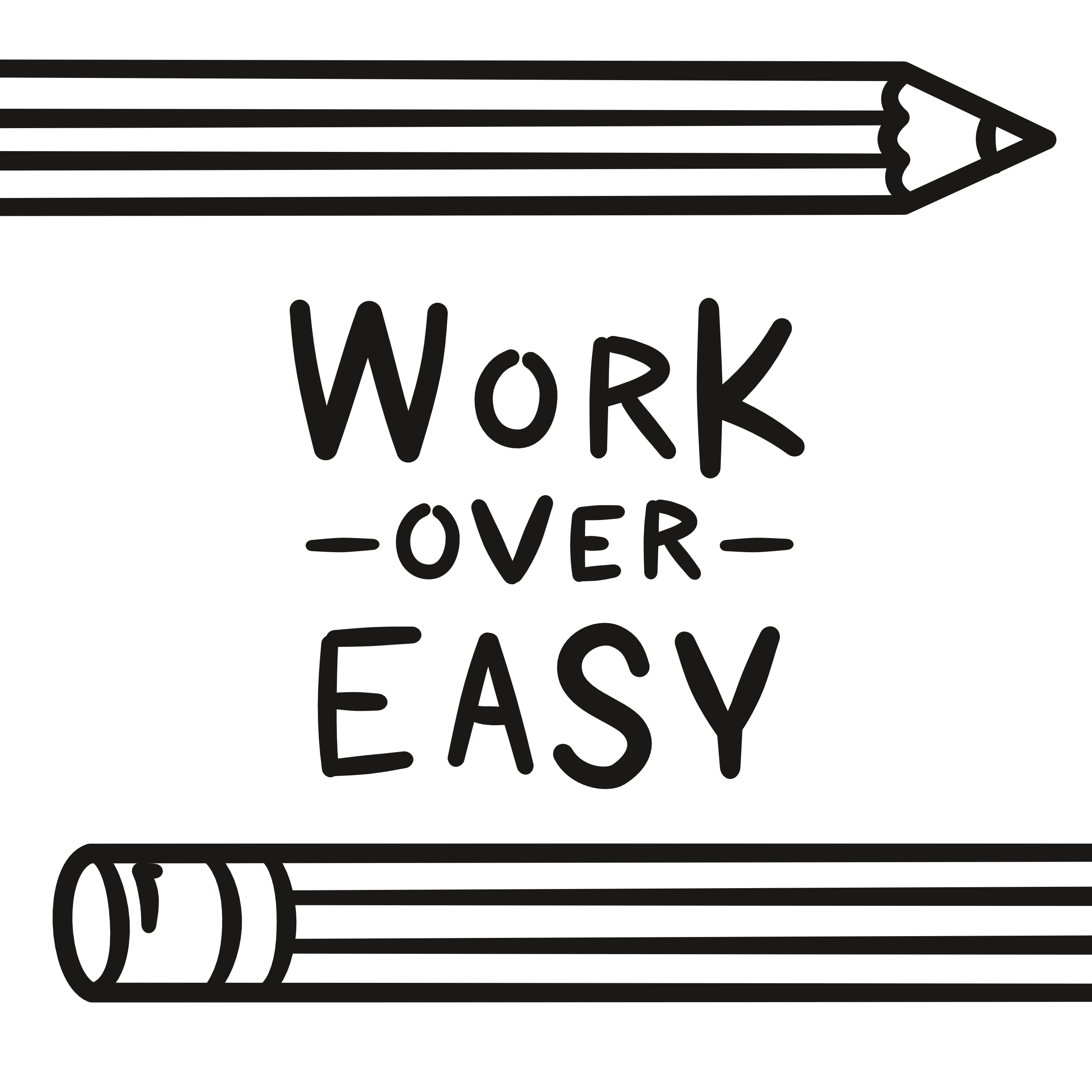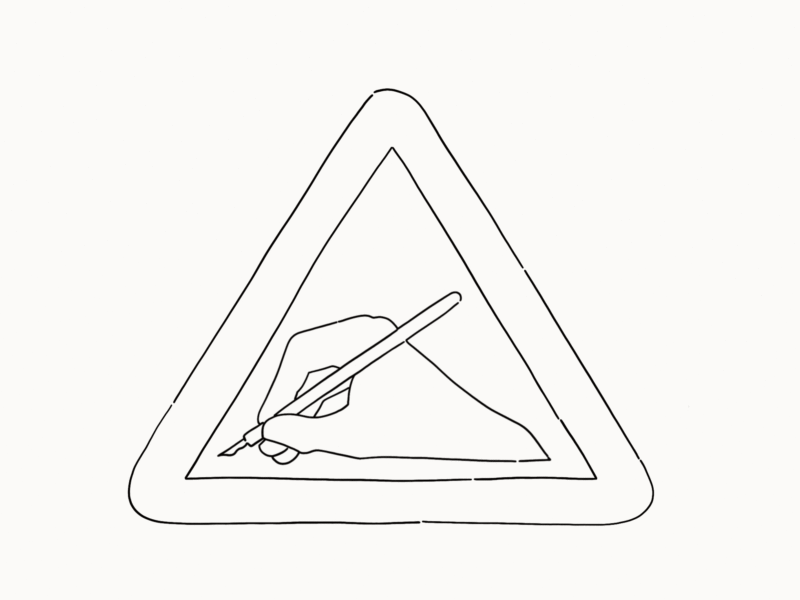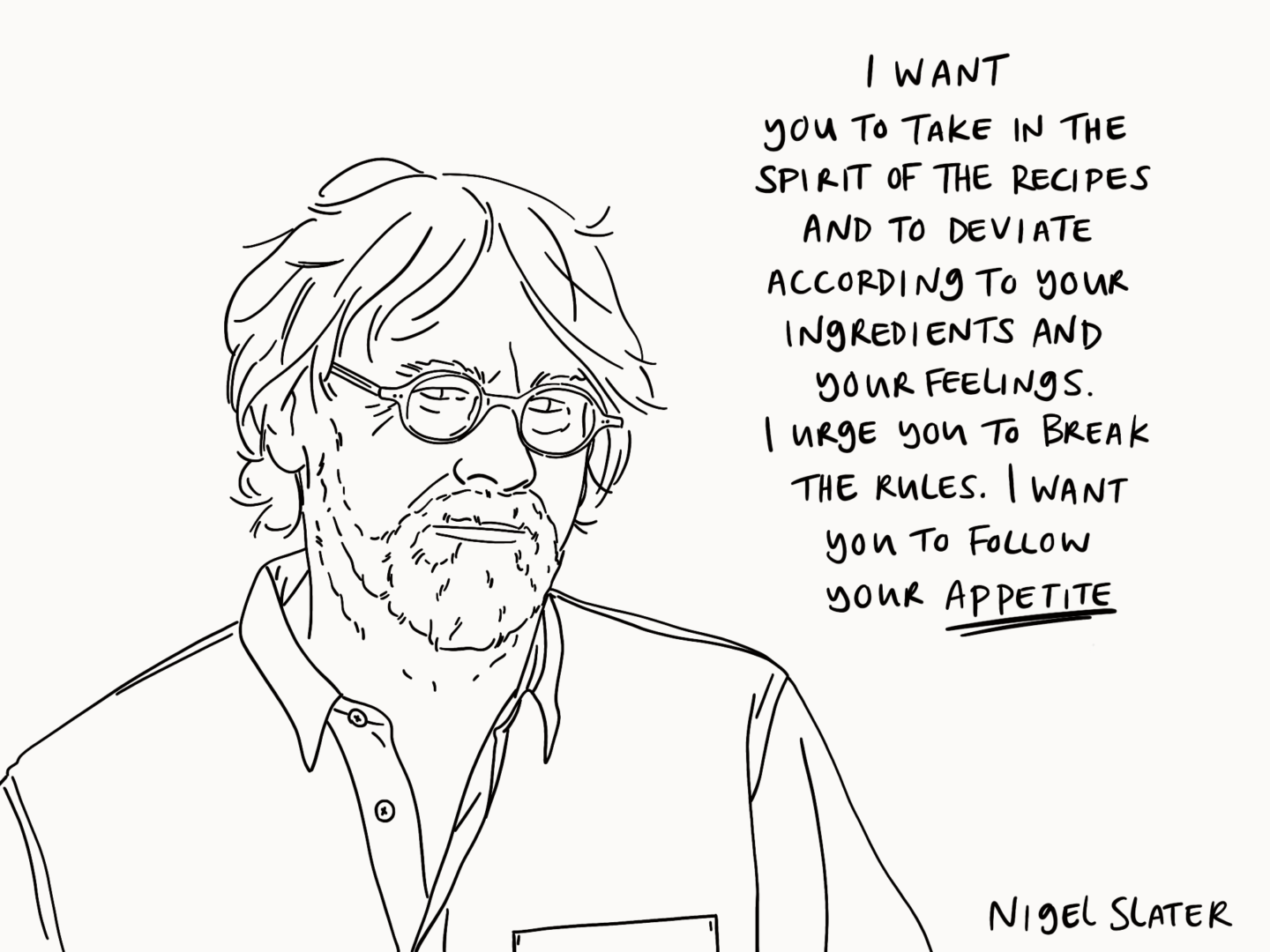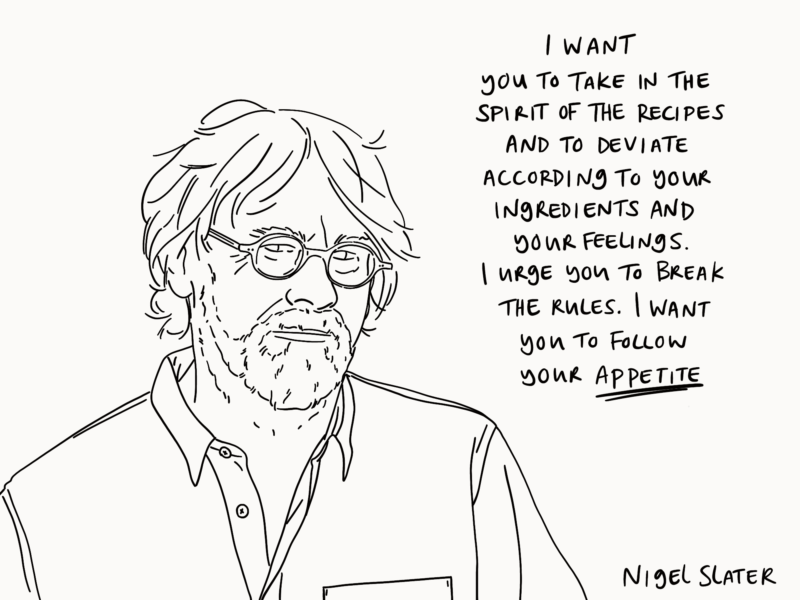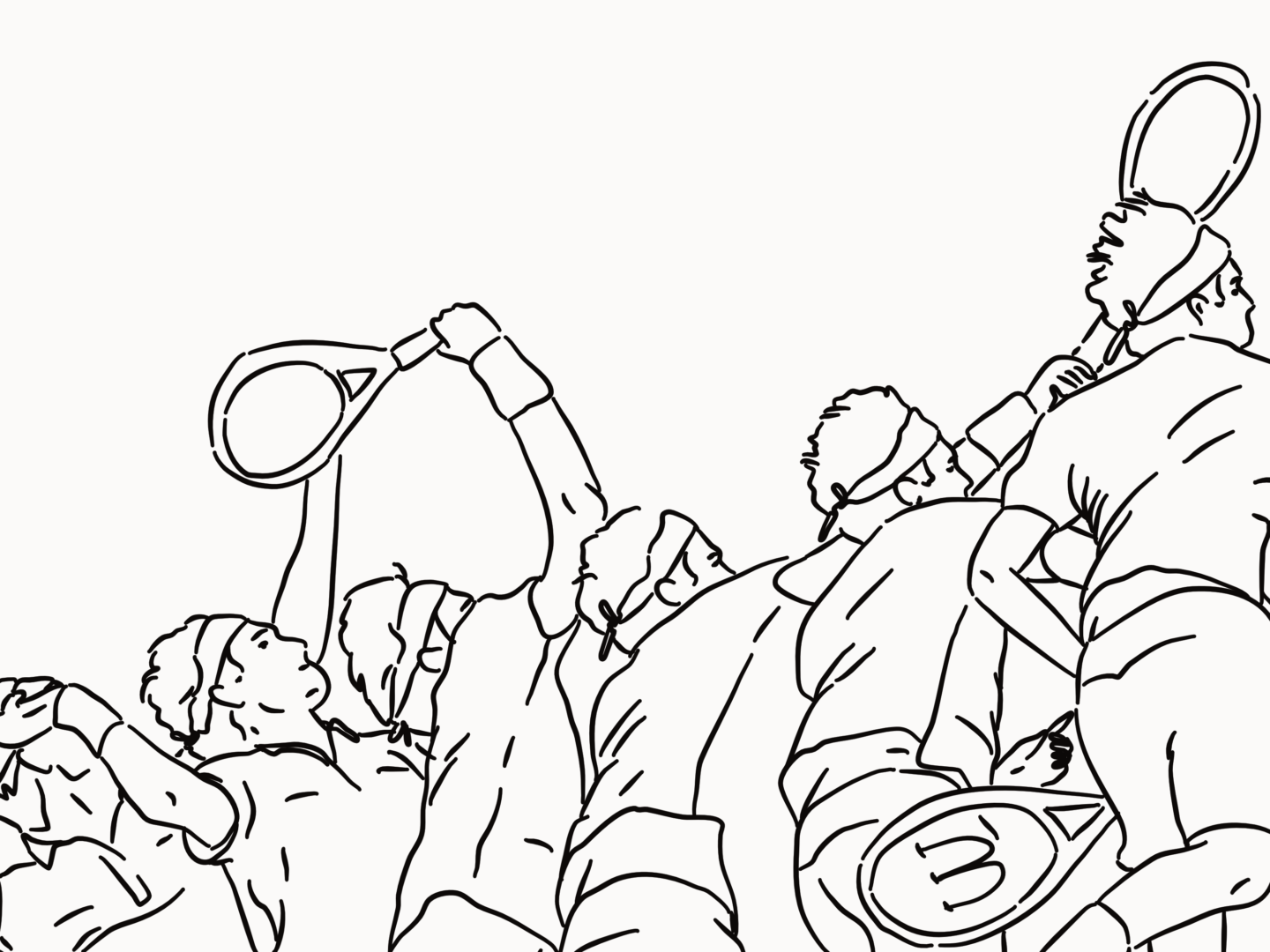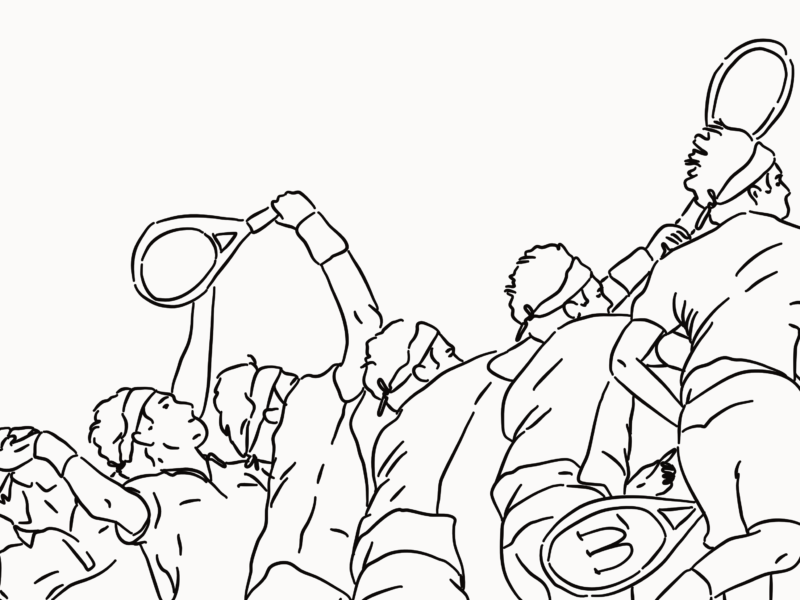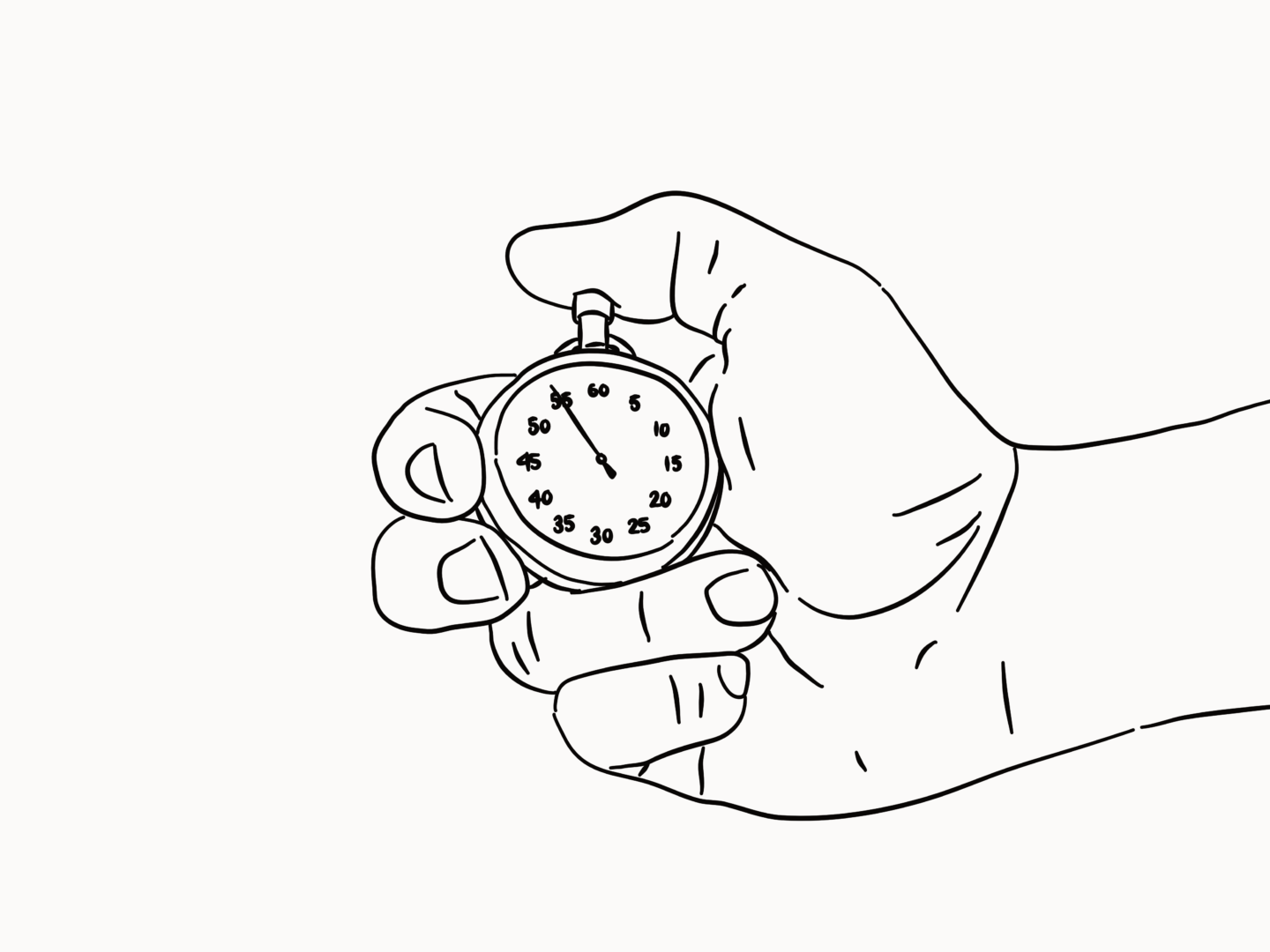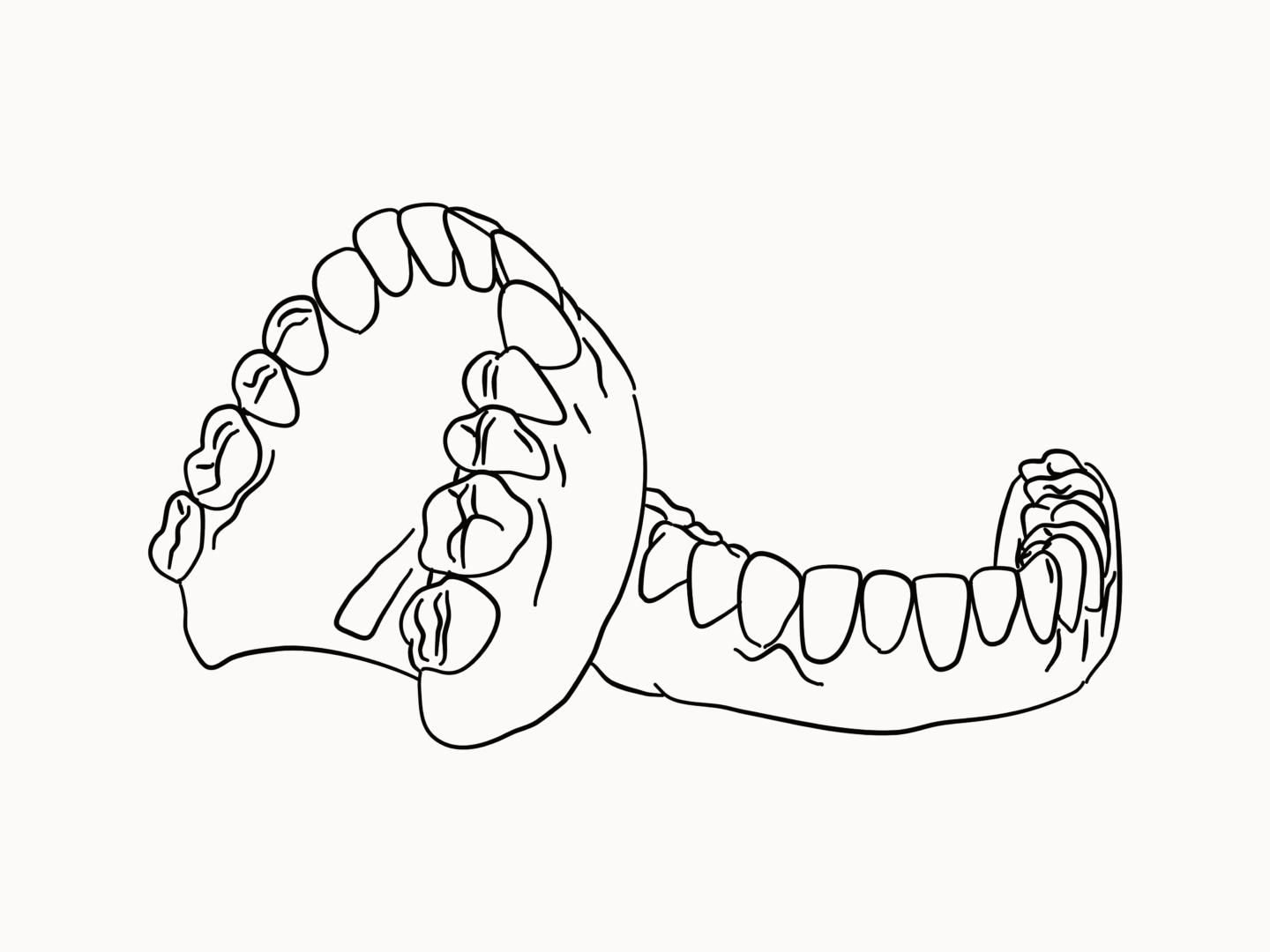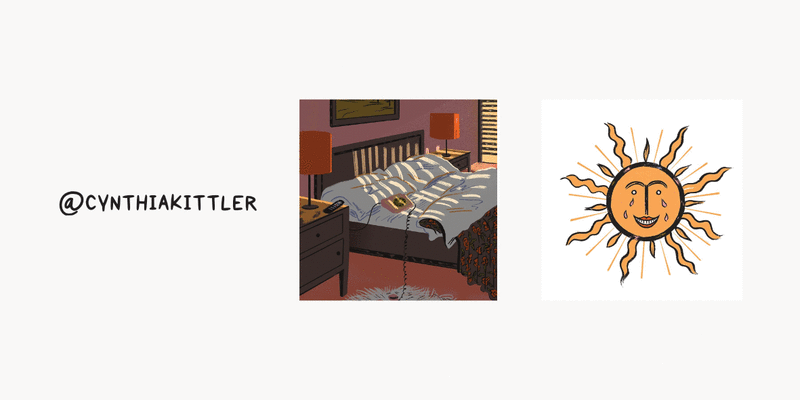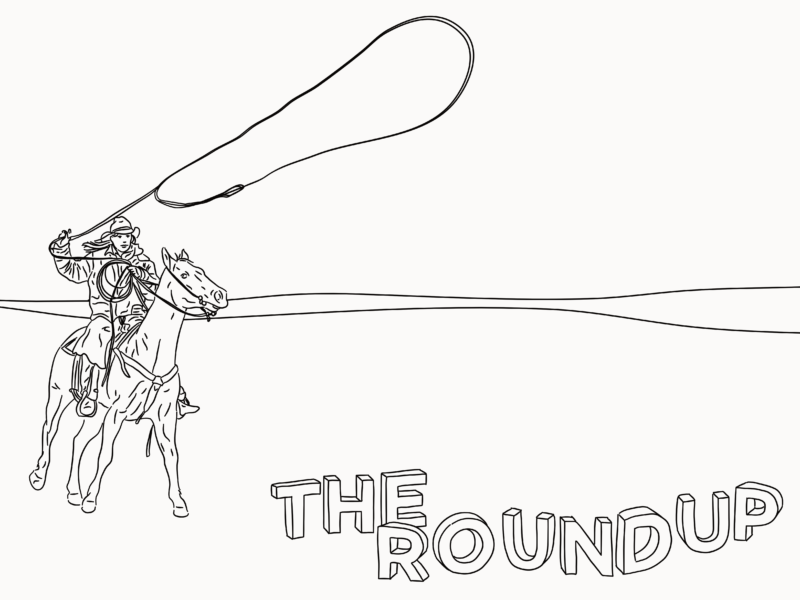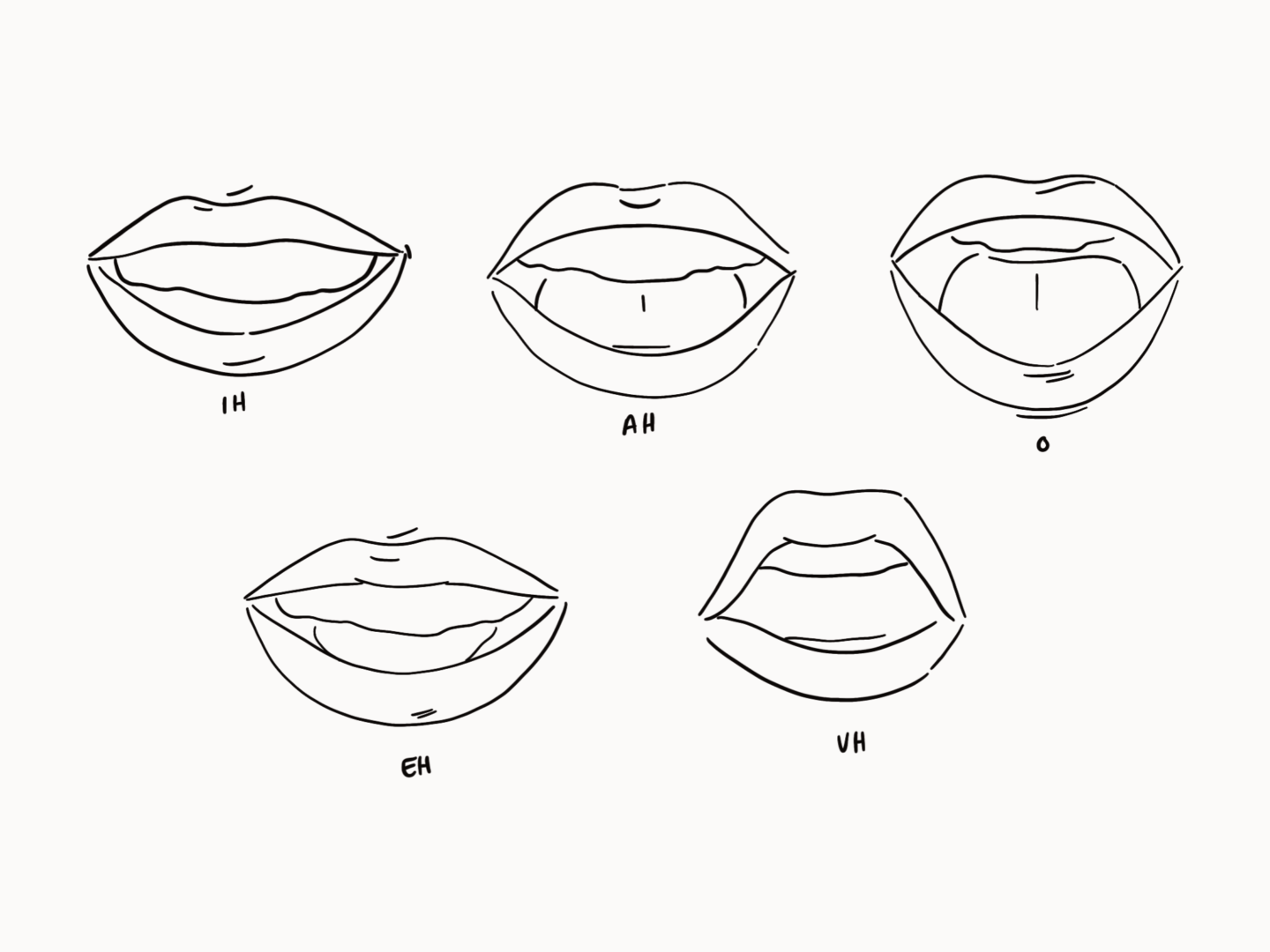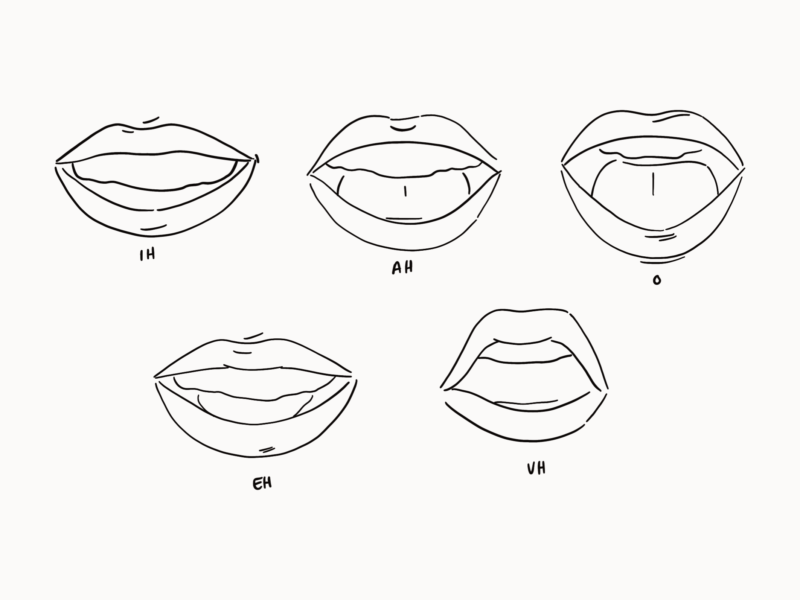Road signs might not seem like the most exciting topic for a blog post, especially from someone who doesn’t drive. They never seem remarkable. But that’s by design. When road signs work they should be an invisible guiding hand, that you don’t even have to think about using. They need to be a system that’s so easy to use that you can follow them even when you’re driving at 60mph and you’ve got 2 screaming kids in the back of the car. That’s why they’re more than worthy of a design story feature.
That’s also why Jock Kinneir called their creation “possibly the biggest graphic design job ever”. Jock Kinneir and, his former student, Margaret Calvert were tasked with redesigning the mismatched series of signs that governed the UK’s roads and creating one unified system, a “common language” for the future in 1958. It took 7 years to perfect their work through testing and iteration, but on January 1st 1965 their new signs took the road and changed the British design landscape.
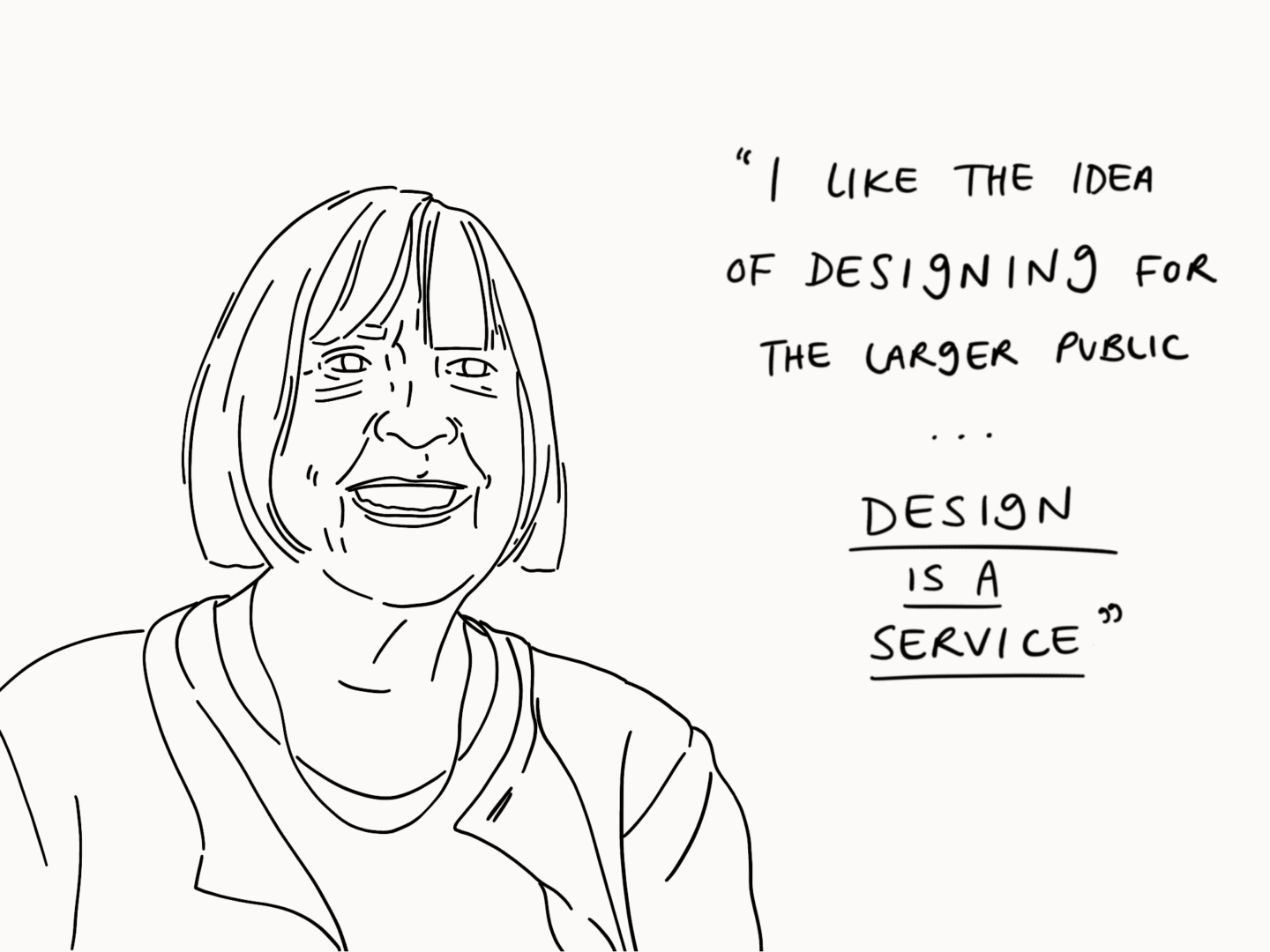
After coming up with the basic designs including elements such as the visual language around the shapes of the signs (circles are used for signs that give orders, triangles are used for signs that warn you about something and rectangles are used for signs that give you information) the pair set about testing their designs. Neither Calvert nor Kinneir could drive, so they recruited a wide range of users to help them because usability was central to their process – You thought of everything from the standpoint of: ‘What if I am at the wheel, doing speeds of over 70mph?’” (Calvert). The methods they devised were experimental, including having airmen in Oxfordshire sit on platforms with the signs driven towards them until they were readable, but they yielded significant insights. For example, they found that letters had to be spaced much wider than normal in order to be clear at speed from a distance. They settled on adding space set at the width of a letter i between each character because it allowed for the correct readability while remaining familiar to drivers.
The pair created two typefaces Transport and Motorway which were to be used across all of the signs. In an essay for The British Roadsign Project Margaret Calvert wrote of the Transport typeface:
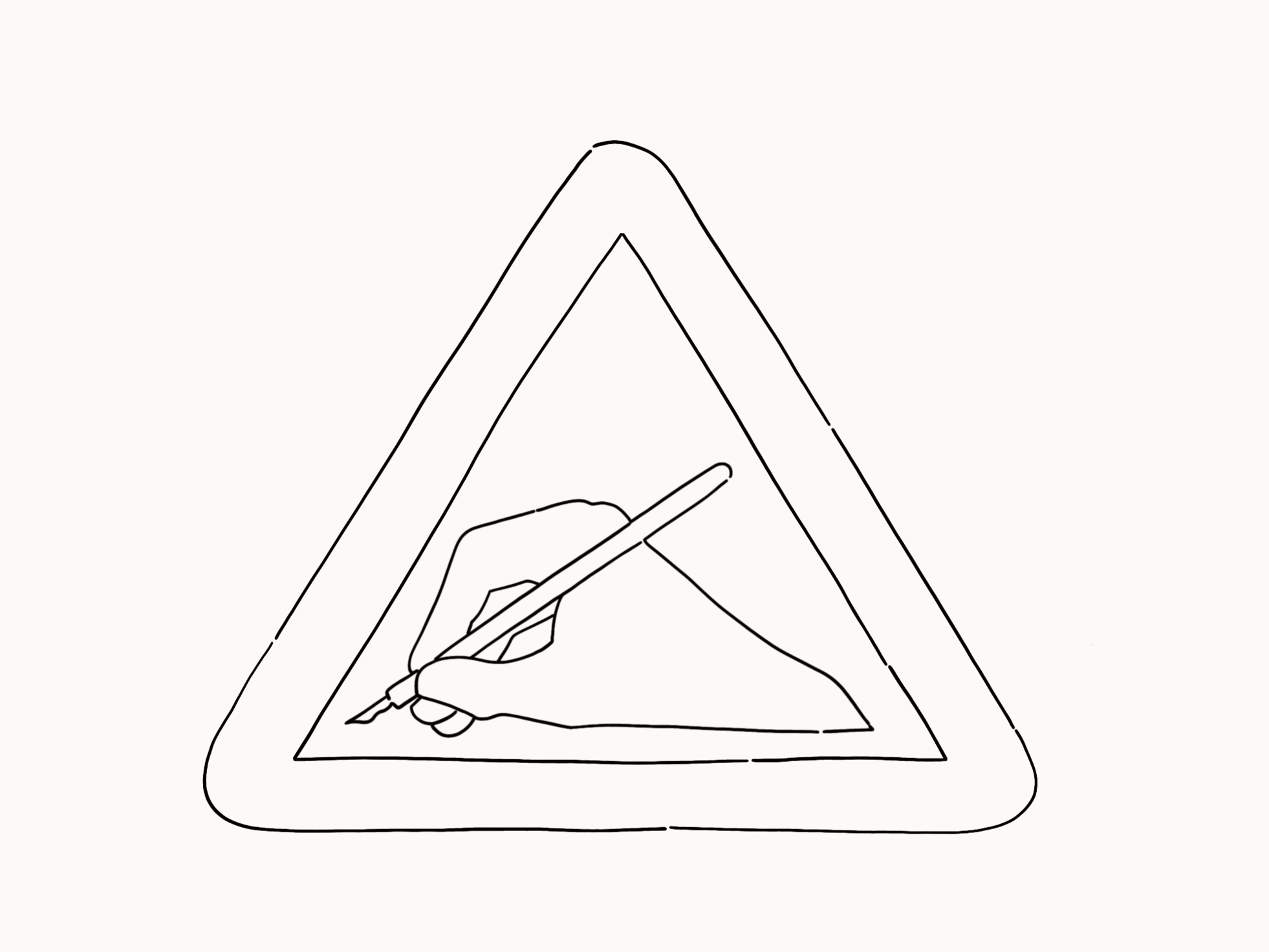
Calvert and Kinneir’s signs are best known for their clarity, understandably as it’s so essential to their functionality. But there is also a great sense of humanity and familiarity in the symbols used in their signs. They convey their message with a little personality. This tone was something Calvert spent a lot of time thinking about and redrafting to get right:
That little girl was actually based on how Calvert herself had looked as a young girl. I think it’s those personal touches* which have helped the signs endure in the way they have.
The signs the duo designed 60 years ago are still in use today, almost completely unchanged. While there have been challenges, such as David Kindersely’s attempt to replace the typeface with his own, nothing has been able to beat Calvert and Kinneir’s designs for clarity or beauty, which is the true testament to their quality.
*The cow illustration was based on Calvert’s cousin’s cow, Patience, as well.

